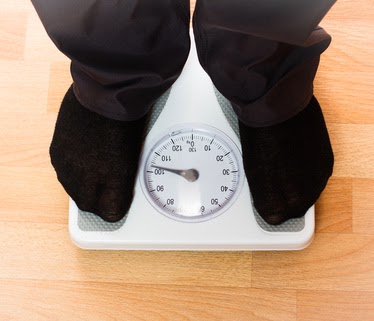You can spot a trampoline on nearly every block in Central Texas. For parents, it's a way for their kids to have fun, exercise (and get tired!) in their own backyard. For kids, well, who doesn't love jumping like a circus acrobat!
There is, however, a risky side to all the jumping fun. Trampoline accidents sent 288,876 people, mostly children, to hospital emergency departments with broken bones from 2002 to 2011, according to a recent report published in the Journal of Pediatric Orthopedics.
Fractures made up the bulk of injuries. About 60% of the fractures were upper-extremity injuries, notably fingers, hands, forearms and elbows. Most common lower-extremity fractures were breaks to the tibia, fibula and ankles.
While less common, 4% of fractures involved the spine, head, ribs and sternum - which can be extremely serious and often have long term consequences.
5 Rules for Safe Jumping
Like any exercise or game, trampolines are fun until you suffer an injury. What can you do to prevent one from taking place in your backyard? The American Academy of Pediatrics suggests five safety precautions for preventing injury:
- Make sure kids are supervised at all times.
- Only allow one jumper on the trampoline at a time.
- Adopt a 'no somersaults' rule.
- Add protective padding on the trampoline and make sure it's in good condition.
- Check your equipment regularly. If it's damaged replace the equipment.
Keep up with Texas Orthopedics news by following us on Facebook and Twitter (@TexasOrthopedic).







